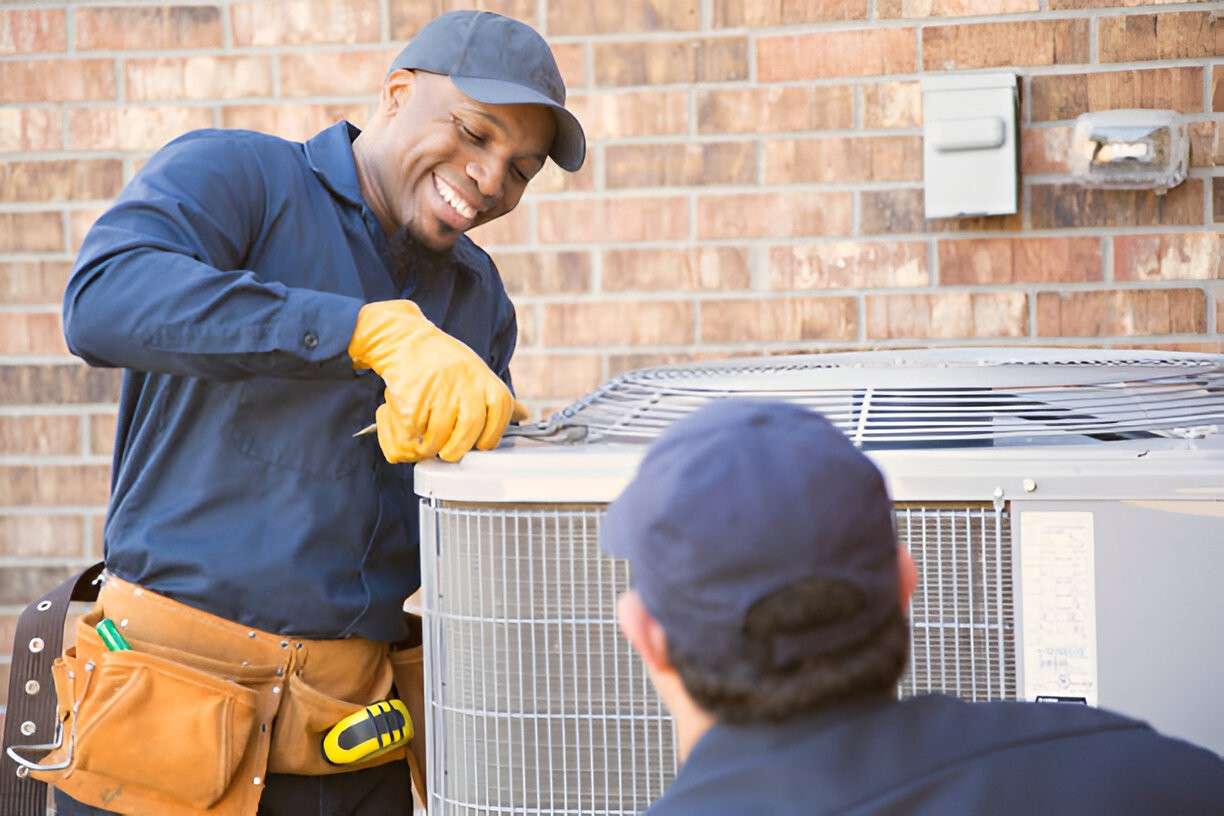AC Replacement in Lakeland, FL


When replacement is recommended versus repair
Consider replacement when one or more of the following apply:
- System age is 10 to 15 years or older. Older systems use phased-out refrigerants and are less efficient.
- Recurring breakdowns or large component failures (compressor, evaporator coil) that make repair costs add up quickly.
- R22 refrigerant still in use. R22 is costly and limited in supply; replacement avoids ongoing R22 servicing.
- Energy bills or cooling costs are rising despite regular maintenance.
- Uneven cooling, persistent humidity, or inability to maintain set temperature even after repairs.
- Significant ductwork damage, deteriorated air handler, or improper sizing discovered during diagnostics.
- You want better dehumidification, quieter operation, or higher efficiency for long-term savings.
If repair would cost more than a significant percentage of a new system, or if comfort and operating cost improvements are a priority, replacement is usually the better long-term decision in Lakeland’s climate.
Common AC replacement issues in Lakeland, FL
- Poor humidity control on hot, muggy days
- Short cycling from oversized or failing equipment
- Corrosion from humid environment on outdoor coils and components
- Inadequate cooling for added living spaces or remodeled homes
- Old systems requiring expensive refrigerant service or obsolete parts
Equipment selection and sizing
Proper selection and sizing are critical for comfort, efficiency, and longevity.
- Manual J load calculation: A professional load calculation (Manual J) assesses your home’s heat gain and loss based on square footage, insulation, windows, orientation, attic conditions, and occupancy. This ensures the system is neither oversized nor undersized.
- SEER ratings and efficiency: New systems come with a range of SEER ratings. Higher SEER means greater cooling efficiency and lower energy bills, but also higher upfront cost. For Lakeland homeowners, selecting a system with improved SEER and features that enhance humidity control (variable-speed compressors, multi-stage operation) often yields the best comfort and savings tradeoff in a hot, humid climate.
System types:
- Central split systems: Common for most homes, with indoor air handler and outdoor condensing unit.
- Heat pumps: Efficient year-round for mild Florida winters and provide cooling and heating.
- Ductless mini-splits: Good for additions, zone control, or homes with limited ductwork.
- Matched components: Use properly matched condenser, evaporator coil, and air handler to preserve efficiency and warranty coverage.
Features to consider for Lakeland:
- Variable-speed blower or compressor for better humidity control
- Corrosion-resistant coatings on outdoor coils
- Sturdy mounting and tie-downs for wind and storm resilience
- Smart thermostats and zoning for energy optimization
Removal and disposal of old units
Responsible removal follows regulations and environmental best practices:
- Refrigerant recovery: Certified technicians must recover and dispose of refrigerants safely in accordance with federal EPA rules. This prevents illegal venting and ensures proper handling.
- Recycling and disposal: Metal, copper, and electronic components are recycled when possible. Any hazardous components are disposed of per local Polk County and state requirements.
- Permits and documentation: Replacement often requires local permits and final inspection. In Lakeland, permit and inspection ensure compliance with local building codes, electrical work, and proper system installation.
Installation timelines and what to expect
A typical full-system replacement process:
- On-site assessment and final equipment selection.
- Permit application and scheduling local inspections if required.
- Removal of the old outdoor unit and indoor components, refrigerant recovery, and responsible disposal.
- Installation of new condenser, evaporator coil and air handler, or ductless indoor units. This includes electrical, refrigerant line sets, and condensate drain work.
- System charging, start-up, and commissioning.
- Final inspection and handover documentation.
Typical single-family home replacement may take 1 to 3 days depending on complexity, ductwork modifications, and permit timelines. More extensive duct repairs or structural changes can extend the schedule.
Brands and models
Many manufacturers offer systems suited to Florida conditions. Popular options include traditional central AC brands as well as ductless solutions. When evaluating brands and models, prioritize:
- Efficiency ratings and dehumidification performance
- Proven reliability in humid climates
- Availability of local service and replacement parts
- Corrosion protection options and wind-rated installations for storm resilience
Financing and rebate options
Homeowners commonly use several approaches to manage upfront costs:
- HVAC financing programs, energy-efficient loans, or home improvement financing
- Manufacturer rebates and seasonal promotions on high-efficiency models
- Utility rebates or incentives for energy-efficient equipment or heat pumps
- Tax credits or local energy programs when applicable
Check current local and state incentive programs and compare long-term energy savings from higher-efficiency units to determine the most cost-effective option for Lakeland's climate.
Post-installation testing and warranties
Proper post-installation testing ensures performance:
- Refrigerant charge verification and leak check
- Airflow measurement and balancing
- Static pressure and duct leakage testing
- Thermostat calibration, control checks, and system run-through across modes
- Humidity and temperature differential checks
Warranties to review:
- Manufacturer parts warranty and compressor warranty
- Labor or installation warranty from the installing contractor
- Extended warranty options for parts or labor
Keep installation paperwork, warranty registrations, and maintenance schedules for future reference.
Long-term benefits and maintenance advice
A properly sized and installed replacement system provides:
- Improved comfort and consistent temperatures across rooms
- Better humidity control for Lakeland’s humid summers
- Lower monthly cooling costs with higher-efficiency equipment
- Increased reliability during peak season and fewer emergency repairs
Routine maintenance maximizes life and performance:
- Schedule annual tune-ups before peak summer use
- Replace or clean filters every 1 to 3 months
- Inspect and seal ducts, especially attic runs exposed to heat gain
- Keep outdoor unit clear of debris and ensure good airflow
Replacing an AC system in Lakeland, FL is more than swapping equipment. It is an opportunity to upgrade efficiency, improve humidity control, and ensure reliable cooling tailored to the region’s heat and humidity. Proper sizing, corrosion-resistant features, compliant removal and disposal, and thorough commissioning will protect comfort and energy performance for years to come.
Service Areas


